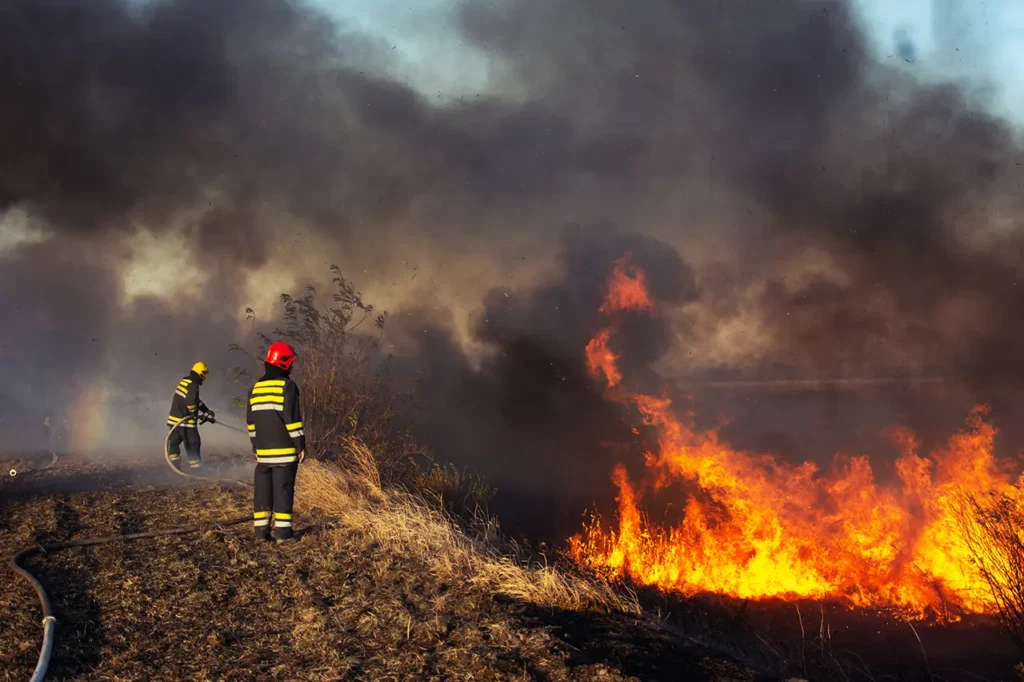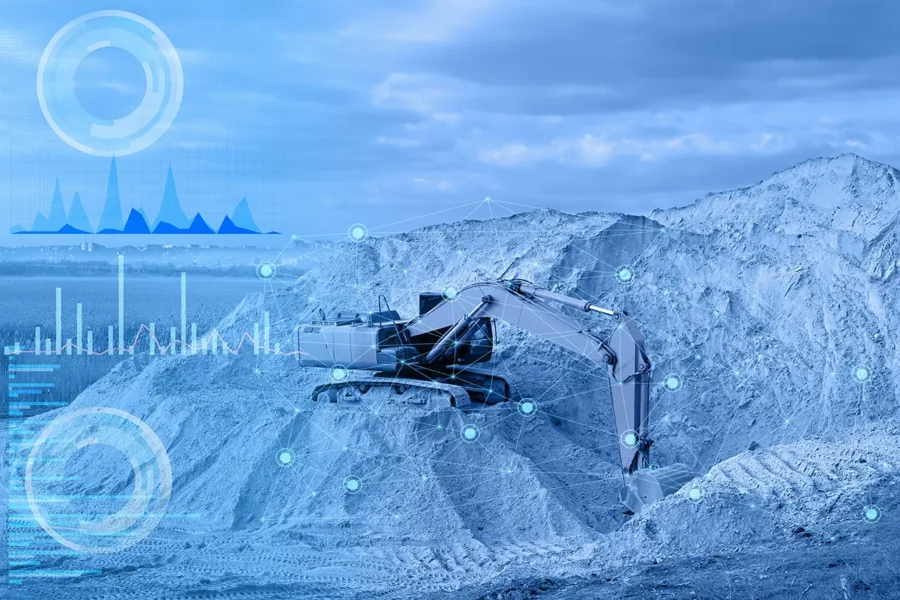Natural disasters—such as hurricanes, earthquakes, floods, and wildfires—have long posed a threat to human lives, infrastructure, and ecosystems. With climate change amplifying the intensity and frequency of these events, the need for more accurate predictions and timely responses has never been greater. Enter artificial intelligence (AI), a transformative technology that is not only improving disaster forecasting but also enhancing environmental resilience.
By analyzing massive datasets, identifying patterns, and making real-time predictions, AI is revolutionizing how we predict, prepare for, and mitigate the impact of natural disasters. Let’s explore how AI is being leveraged to enhance resilience in the face of environmental hazards.

AI’s Role in Predicting Natural Disasters
One of AI’s most powerful capabilities is its ability to process vast amounts of data and identify complex patterns that might elude traditional methods. By integrating satellite imagery, weather data, seismic activity records, and historical disaster trends, AI can provide more accurate and timely predictions for various types of natural disasters.
- Hurricane and Cyclone Prediction
Hurricanes and cyclones are among the most devastating natural disasters, capable of causing widespread destruction across coastal regions. Traditional forecasting models rely on weather data to predict the path and intensity of these storms. However, AI has taken this a step further by analyzing historical data and real-time satellite images to improve the accuracy of predictions.
AI algorithms can predict storm intensity and landfall locations with greater precision. This allows governments and communities to prepare and evacuate earlier, potentially saving thousands of lives. For example, IBM’s Deep Thunder system uses AI to deliver hyperlocal weather forecasts, enabling faster responses to imminent storms and reducing the risks associated with delayed action.
- Earthquake Forecasting
Unlike hurricanes, earthquakes are notoriously difficult to predict due to the sudden and random nature of tectonic shifts. However, AI is making progress in analyzing seismic data to provide early warning signals. Machine learning models can detect subtle patterns in seismic activity that may indicate an impending earthquake, potentially providing crucial minutes of warning.
A notable example is Japan’s use of AI to analyze historical seismic data, where machine learning algorithms have been able to identify precursors to earthquakes with increasing accuracy. While a fully reliable earthquake prediction system remains a challenge, AI is pushing the boundaries of what is possible in early detection.
- Flood and Tsunami Predictions
Floods and tsunamis can devastate entire regions in a matter of hours. AI-powered flood prediction systems can analyze rainfall data, river levels, soil moisture, and topography to forecast potential floods with greater accuracy.
By using machine learning models to analyze real-time data, AI can identify regions most at risk of flooding and trigger early warning systems. AI models can also predict the likelihood of a tsunami after an underwater earthquake, giving coastal communities more time to prepare or evacuate.
In Europe, the FloodHub system developed by Google uses AI to predict river flooding with up to 98% accuracy, providing vital information to local governments and residents. These early warnings can save lives, protect infrastructure, and minimize economic losses.
- Wildfire Detection and Prevention
Wildfires are becoming increasingly common due to climate change, especially in dry and forested regions. AI is now being used to predict the likelihood of wildfires by analyzing weather conditions, vegetation levels, and historical fire data. Machine learning models can assess the risk of wildfires by identifying patterns in temperature, humidity, and wind speed that are conducive to fire outbreaks.
AI-powered systems like California’s ALERTWildfire use real-time satellite imagery and environmental sensors to detect wildfires early, allowing firefighters to respond before fires spread uncontrollably. These systems have proven critical in regions where wildfires are an annual threat, helping to reduce the loss of lives, homes, and habitats.
AI’s Role in Disaster Preparedness and Prevention
Beyond prediction, AI plays a key role in preparing for and preventing the impacts of natural disasters. From planning evacuation routes to strengthening infrastructure, AI-driven systems are helping communities become more resilient to environmental hazards.
- Optimizing Evacuation Plans
In the event of a natural disaster, rapid evacuation is often crucial to saving lives. AI can assist in creating optimized evacuation routes by analyzing traffic patterns, population density, road conditions, and real-time weather data. Machine learning models can predict bottlenecks or obstacles and suggest alternative routes for safer and quicker evacuations.
In 2020, when a wildfire threatened the California city of Paradise, AI algorithms helped optimize evacuation routes by using real-time data on fire spread and road conditions, ensuring that residents were evacuated efficiently and safely.
- Strengthening Infrastructure
AI can also be used to assess the vulnerability of critical infrastructure, such as bridges, dams, and buildings, to natural disasters. By analyzing structural data, environmental conditions, and historical damage patterns, AI models can identify weak points and suggest preventative measures to reduce the risk of catastrophic failures during disasters.
AI is increasingly used in “smart cities” initiatives, where it monitors and analyzes the integrity of infrastructure in real time. For instance, sensors powered by AI can detect early signs of structural damage to bridges or buildings, enabling maintenance before disaster strikes.
- Disaster Relief and Recovery
After a natural disaster occurs, AI can significantly enhance relief efforts. AI-driven drones and satellite imagery can be deployed to assess damage in real time, identify areas in need of urgent assistance, and prioritize resource allocation. This not only speeds up recovery efforts but also ensures that resources are directed to where they are needed most.
Additionally, AI-powered chatbots can assist in communication and coordination during disaster recovery, providing real-time updates on shelter locations, food distribution points, and medical assistance.
For example, during the 2017 Mexico City earthquake, AI-driven drones were used to assess the damage to buildings and infrastructure, helping authorities prioritize recovery operations and allocate resources more efficiently.
Challenges and Ethical Considerations
While AI offers immense potential in enhancing disaster prediction and preparedness, there are challenges to be addressed. Data availability, accuracy, and privacy are major concerns when developing AI models. The effectiveness of AI predictions relies heavily on the quality and quantity of data, and in many regions, data infrastructure is lacking.
Furthermore, AI algorithms can sometimes be opaque, making it difficult for decision-makers to fully understand or trust their outputs. Ethical considerations around data usage, particularly in disaster-prone areas, must also be carefully managed to ensure AI is used responsibly and equitably.
The Future of AI in Disaster Management
As AI technology continues to evolve, its role in predicting and preventing natural disasters will only become more pronounced. In the future, we can expect AI systems to integrate even larger datasets, including real-time data from IoT devices, satellites, and environmental sensors, to make predictions even more accurate.
Moreover, AI has the potential to foster greater global collaboration in disaster preparedness. Shared AI-driven platforms could allow countries to exchange critical data, insights, and early warnings, making international disaster response more coordinated and effective.
Conclusion
In an era of increasing environmental instability, AI is emerging as a vital tool for predicting and preventing the impacts of natural disasters. From enhancing the accuracy of hurricane forecasts to optimizing evacuation routes and improving disaster recovery, AI is empowering cities and communities to become more resilient in the face of nature’s most formidable forces.
By investing in AI technologies, governments and organizations can better protect lives, infrastructure, and ecosystems from the growing threat of natural disasters. In doing so, AI not only strengthens environmental resilience but also lays the foundation for a safer and more sustainable future.



